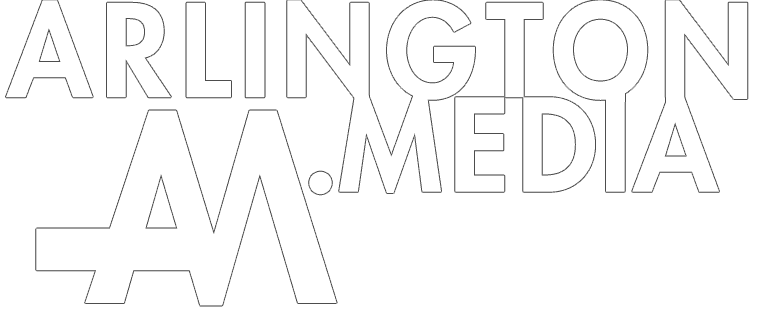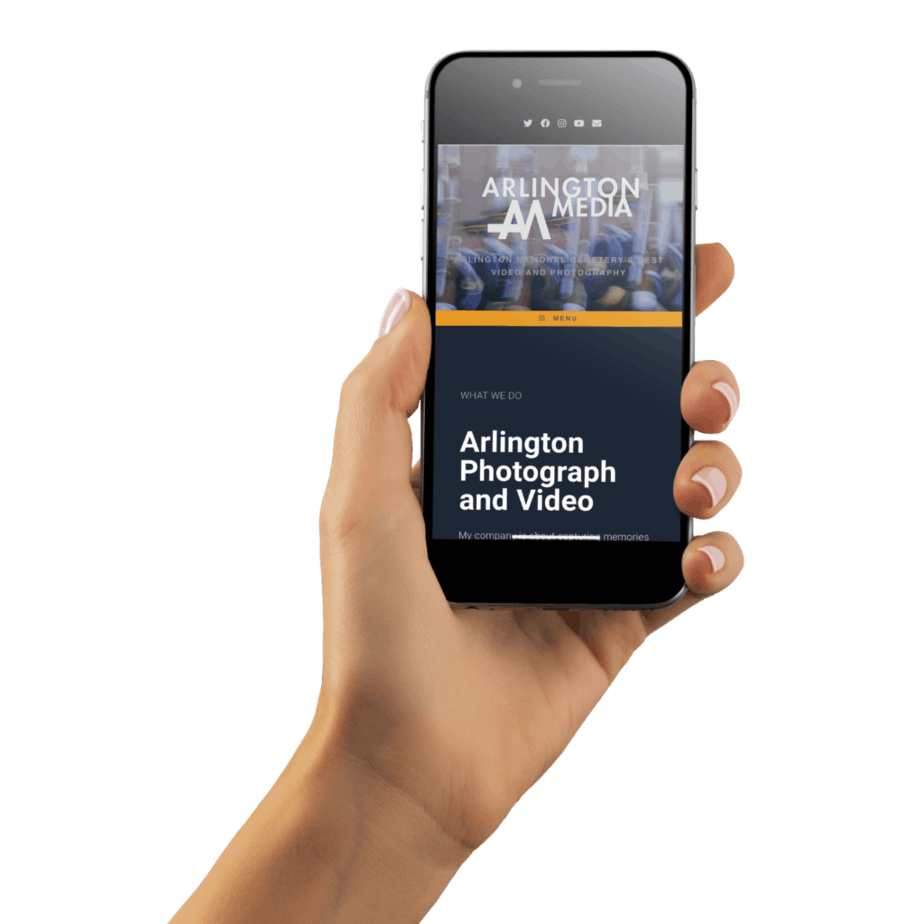A member of the United States Marine Honor Guard inspects a carefully folded flag before passing it along at a military funeral at Arlington National Cemetery in Arlington, Virginia.
[igp-video src="" poster="https://www.arlington.media/wp-content/uploads/2020/12/a-member-of-the-united-states-marine-honor-guard-inspects-a-carefully-folded-flag-before-passing-it-.jpg" size="large"]


